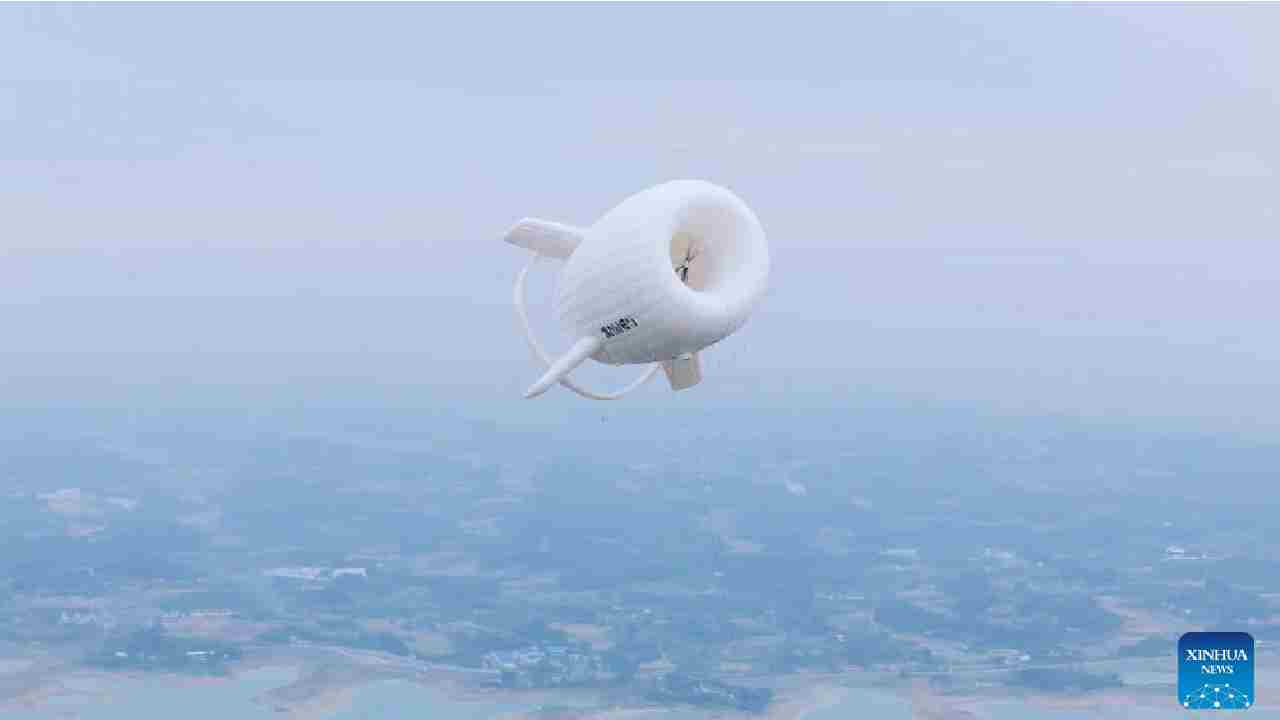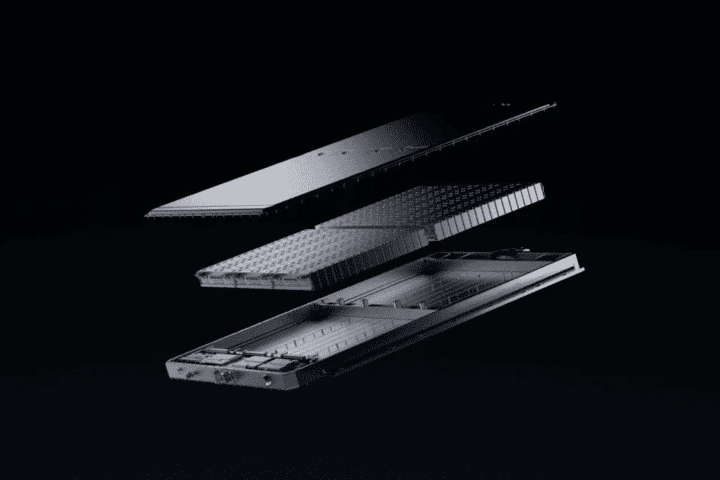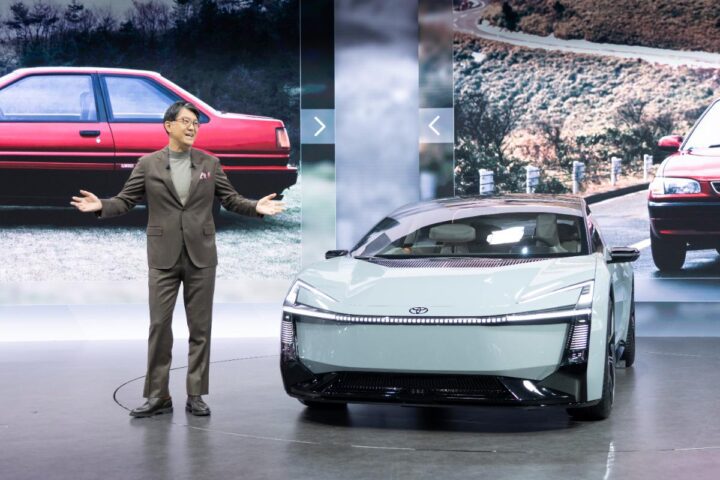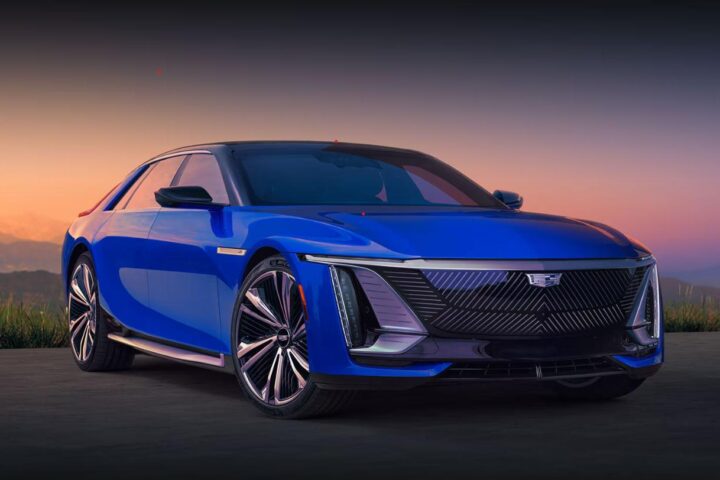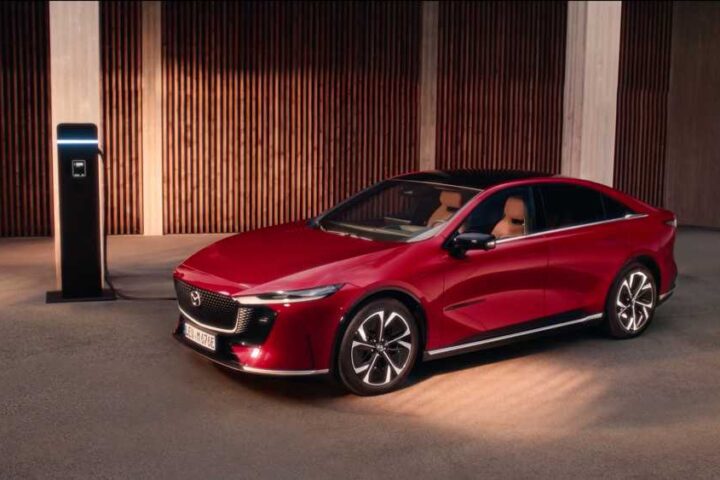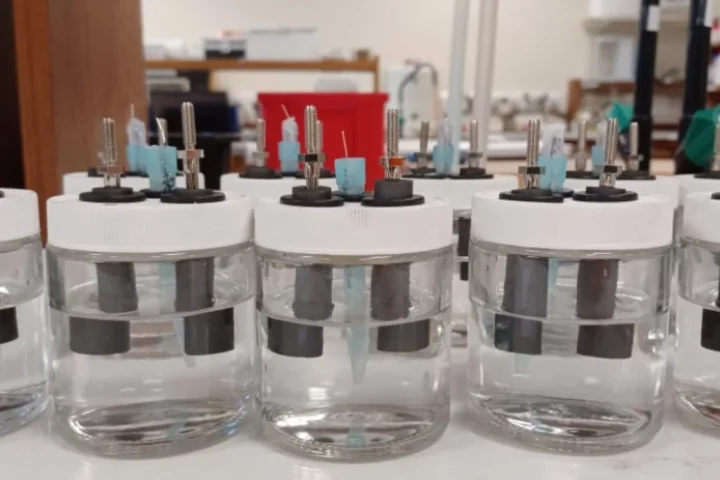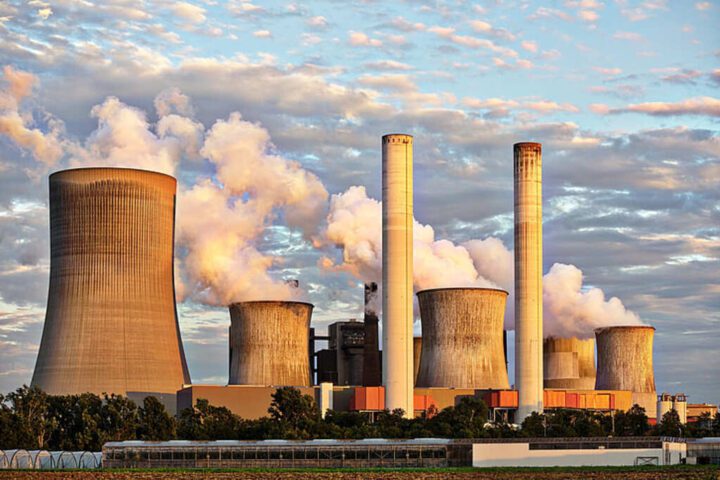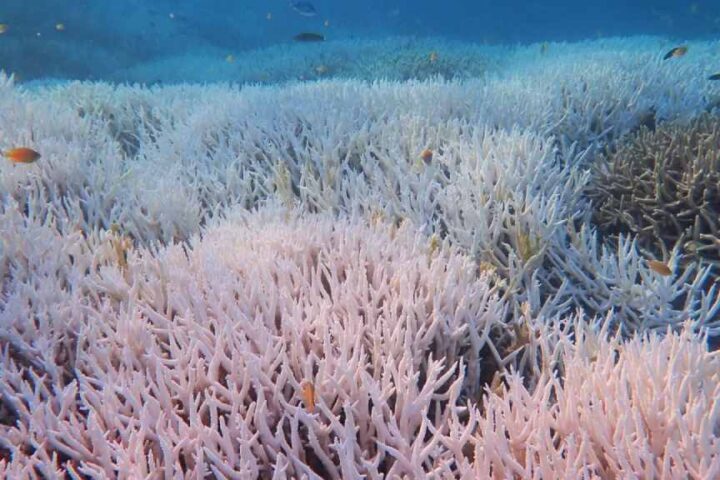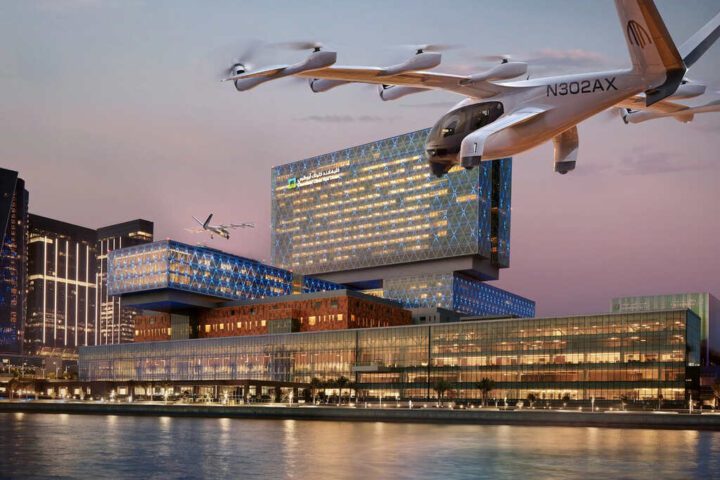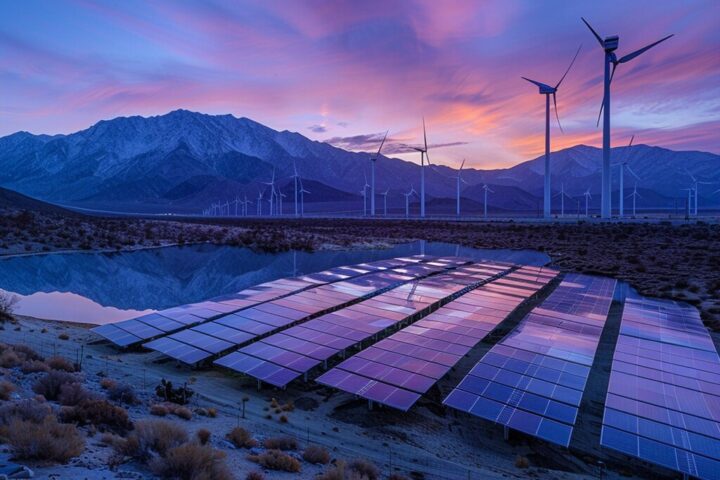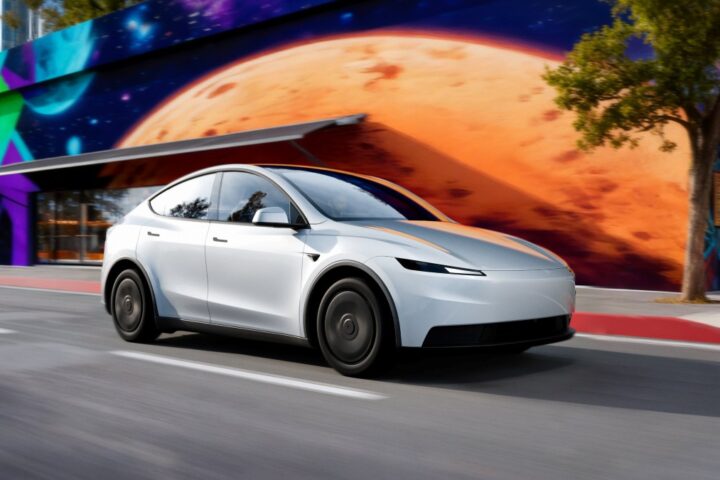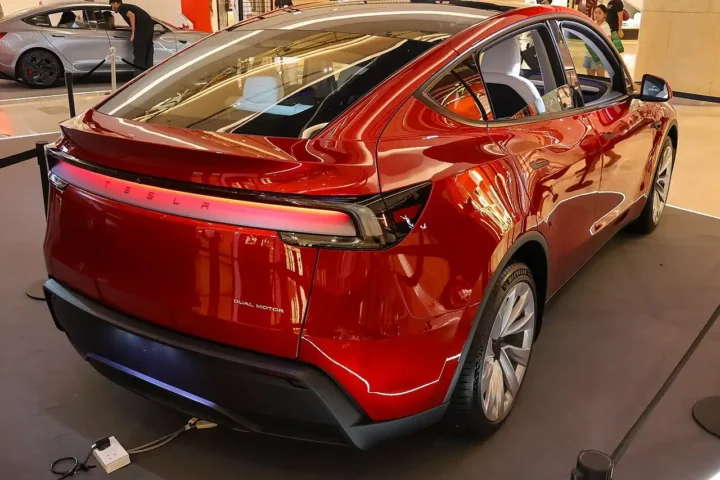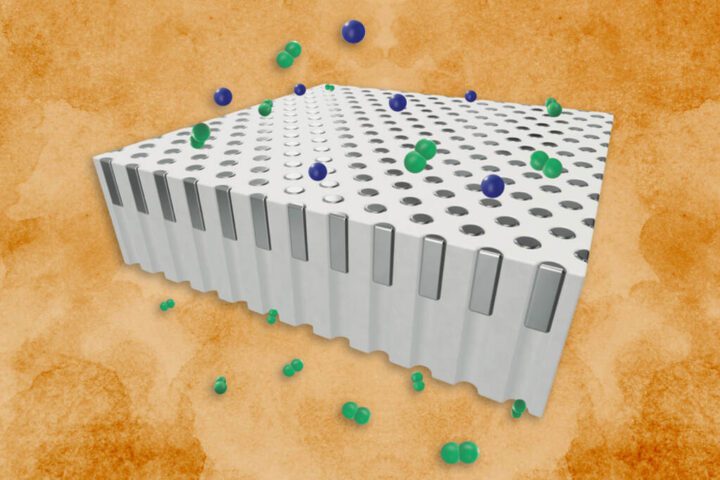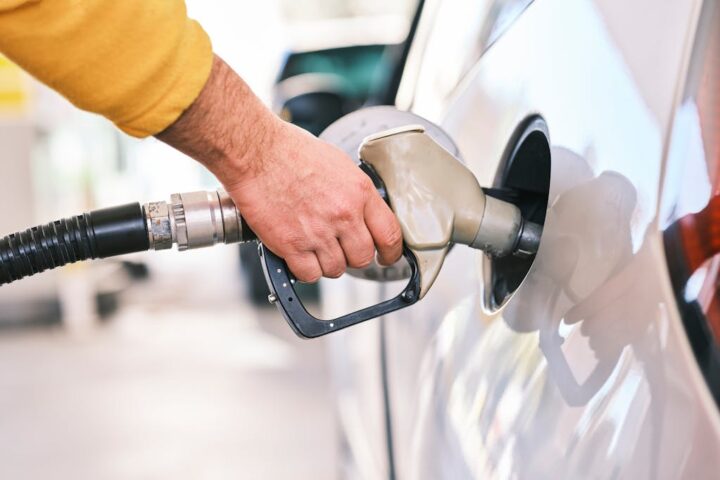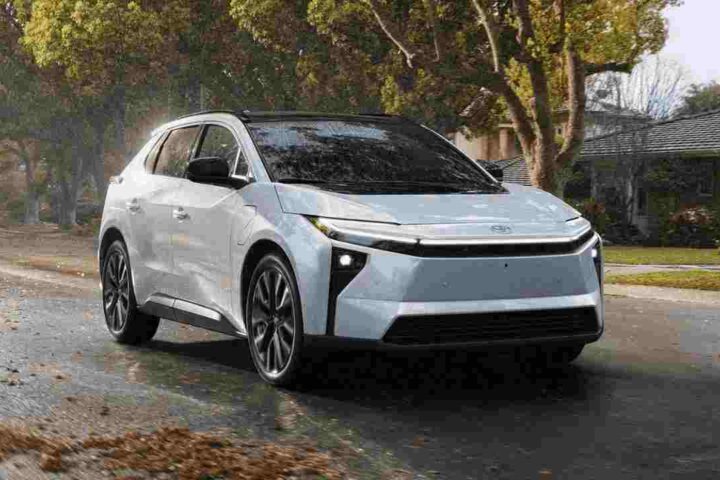Sky Power: Airborne Wind Energy Explorer
Compare traditional and high-altitude wind turbines in real-time
Altitude Adjustment Simulator
Wind Speed Multiplier
Power Output Multiplier
Estimated Wind Speed
Power Output
About Airborne Wind Energy
Airborne Wind Energy (AWE) is an innovative technology that uses tethered flying devices to harvest higher-altitude wind resources. Unlike traditional wind turbines, AWE systems eliminate the need for towers but must spend part of their aerodynamic force to counter their weight :cite[1]:cite[6].
Material Efficiency
AWE systems use significantly less material than traditional turbines, reducing both cost and environmental impact :cite[1].
Higher Capacity Factor
By accessing more consistent high-altitude winds, AWE systems can achieve higher capacity factors than ground-based turbines.
Operational Flexibility
Ground-generation AWE systems can be deployed in various locations and are easier to transport and install :cite[1].
Airborne vs Traditional Wind Turbine
How It Works
When wind speed doubles, energy increases eightfold. Triple the speed yields 27 times the energy. Airborne systems operate at higher altitudes where winds blow faster and more consistently, unlocking this exponential power advantage :cite[6].
Key Specifications
Dimensions: 60m long × 40m wide × 40m tall | Power Output: 1 megawatt | Generators: 12 × 100kW carbon-fiber micro-generators | Design Life: 25+ years without helium replacement | Applications: Remote islands, disaster zones, isolated oilfields
A helium-filled aircraft designed to hover above the Chinese countryside, not carrying passengers but sending electricity down a cable to power homes below. This flying power plant from Beijing SAWES Energy Technology Company will soon undergo a crucial test flight, according to chief technology officer Weng Hanke’s August 17 announcement.
The S1500 airborne wind turbine captures stronger winds at 1,500 meters altitude where they blow roughly three times faster than ground level. “High-altitude wind is a powerful and mostly unused energy source,” Weng explained. This height advantage potentially creates 27 times more power generation compared to similar ground-based systems.
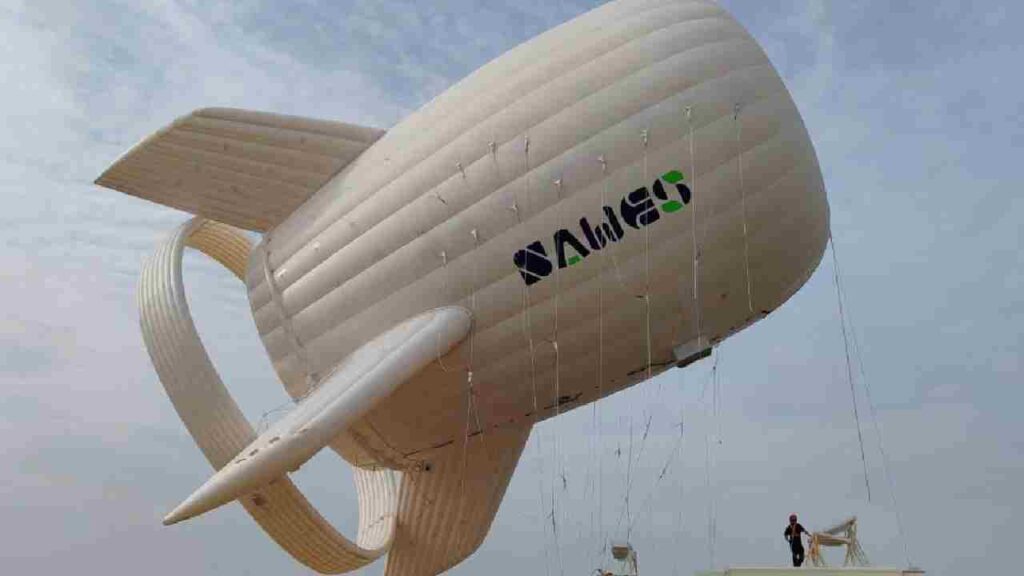
At the heart of this technology lies Qian Xuesen’s 1957 “ejector diffuser duct” theory. The S1500’s design features 12 carbon-fiber micro-generators within a duct system that accelerates airflow, boosting efficiency by over 20%. Qian, who studied at MIT before founding China’s missile program, envisioned this approach decades before today’s renewable energy boom.
SAWES has followed a steady development path. Their S500 prototype reached 500 meters in October 2024, generating 50 kilowatts and breaking records for height and power output. By January 2025, their S1000 model doubled both altitude and output. Now the S1500 aims to generate 1 megawatt—equivalent to a traditional 100-meter tower turbine but weighing less than one tonne, significantly lighter than conventional systems.
Beyond regular power generation, the system serves practical purposes in emergency scenarios. “When an earthquake or flood occurs, it can be quickly launched to ensure on-site power supply,” Weng noted. The technology particularly suits remote islands, isolated oilfields, and disaster zones where traditional infrastructure proves impractical.
Safety measures include a dual monitoring system with ground radar and sensors in the airbag. If dangerous conditions arise, the turbines can be quickly adjusted to ensure stability. The company has developed advanced helium retention technology that could allow the platform to operate for over 25 years without gas replacement.
Similar Posts
While the S1500 represents significant progress, company founder Dun Tianrui envisions systems eventually operating at 10,000 meters where winds could generate electricity at dramatically lower costs. According to Fast Company, SAWES has secured contracts worth more than $70 million, with batch production already begun in Yueyang, a city about 700 miles southeast of Beijing.
The S1500 airborne wind turbine is a 1-megawatt, helium-lifted system developed by Beijing SAWES with Tsinghua University and the Chinese Academy of Sciences. It builds on earlier S500 and S1000 models, operates at 1,500 meters to harness faster winds, and serves remote and disaster-affected areas. The upcoming test flight continues work based on Qian Xuesen’s 1957 duct theory.
